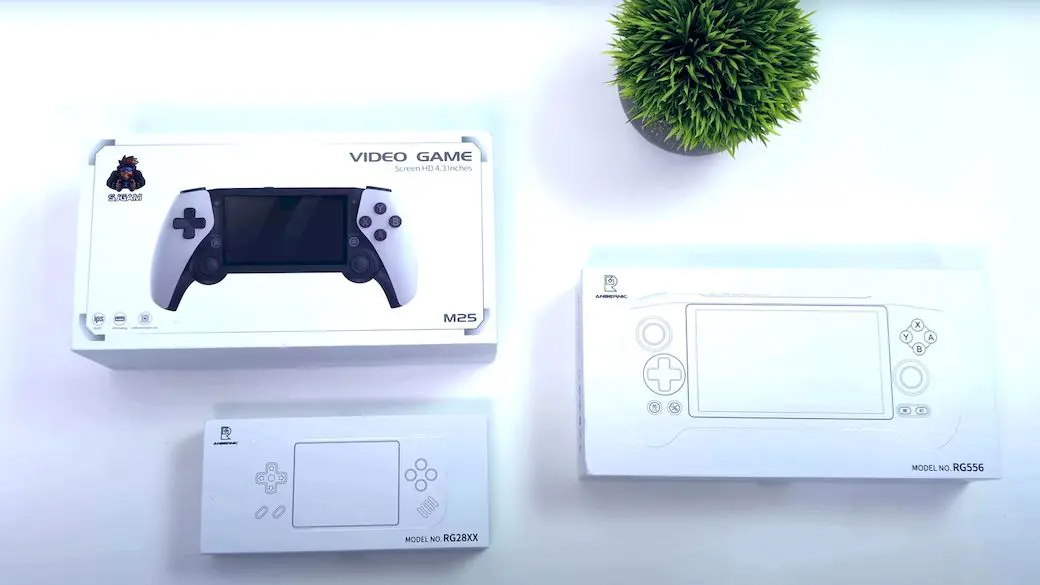Battle of Titans: AMD Ryzen Ai 9 HX 370 vs. Ryzen Z1 Extreme – Who Reigns Supreme?
September 13, 2024 | by Smith Elsie

What’s going on, everybody? Once again, it’s ETA Prime, and today we’re delving deep into a side-by-side analysis of the Ryzen Ai 9 HX 370 and Ryzen Z1 Extreme, two heavyweights of the AMD processor lineup. This comparison will assist us in addressing the important query: What performance improvements would we have witnessed if Asus had opted to utilize the HX 370 chip in the ROG Ally rather than the Z1 Extreme?
The Contenders
Before we jump into the benchmarks, let’s lay out the specs:
AMD Ryzen Z1 Extreme
- Cores/Threads: 8/16
- Base Clock: Up to 5.1 GHz
- Architecture: Zen 4
- iGPU: Radeon RDNA 3, 12 Compute Units, up to 2700 MHz
- RAM: LPDDR5X at 6400 MHz
AMD Ryzen AI 9 HX 370
- Cores/Threads: 12/24 (4 Zen 5 + 8 Zen 5 Cores)
- Base Clock: Up to 5.1 GHz
- Architecture: Zen 5
- iGPU: Radeon 890M, RDNA 3.5, 16 Compute Units, up to 2900 MHz
- RAM: LPDDR5X at 7500 MHz
Synthetic Benchmarks
To start, we tested both CPUs at 25 watts, the performance mode for each:
- The Ryzen AI 9 HX 370 achieved a score of 2842 on Geekbench 6, which is almost 15% higher than that of the Z1 Extreme. Additionally, multi-core scores were greater; the Z1 Extreme scored lower than the HX 370, with 12529, suggesting an 18% performance improvement.
- Cinebench R24: The HX 370 demonstrated its superior multi-core performance with a score of 965, whereas the Z1 Extreme scored 709 at 25 watts.
3DMark Time Spy
In synthetic GPU testing:
- At 17 watts: The HX 370 led with a score of 3343, 25% higher than the Z1 Extreme.
- At 25 watts: The performance gap narrowed, with the HX 370 only 7% ahead.
- At 30 watts: The gap remained consistent at 7%.
Real-World Gaming
Let’s get into the games:
- Cyberpunk 2077:
- 17 watts: Z1 Extreme averaged 34 FPS; HX 370 averaged 42 FPS (22% faster).
- 25 watts: Z1 Extreme averaged 39 FPS; HX 370 averaged 48 FPS (23% faster).
- 30 watts: Z1 Extreme averaged 43 FPS; HX 370 averaged 52 FPS (21% faster).
- Call of Duty: Modern Warfare 3:
- High Settings, 1080p: The HX 370 delivered 20-25% better performance compared to the Z1 Extreme.
- Shadow of the Tomb Raider:
- Medium Settings, 1080p: The HX 370 was 16-19% faster but couldn’t consistently hit 60 FPS.
- GTA V:
- High Settings, 1080p: The HX 370 averaged 65 FPS, 11-13% faster than the Z1 Extreme.
- Forza Horizon 5:
- Medium Settings, 1080p: The performance difference was minimal, with the HX 370 being only 6-8% faster.
Why 900p?
Getting the best gaming experience on portable devices like the ROG Allyx frequently requires making sacrifices in terms of resolution and settings. While it would be amazing to play AAA games at over 60 frames per second with every setting fully optimized, the current state of integrated graphics isn’t quite up to par. This is where 900p resolution comes into play, especially on a 7-inch panel, since it provides a balance between performance and visual fidelity.
Benchmark Results
In our recent benchmarks, the Ryzen AI 9 HX 370 and Ryzen Z1 Extreme were put through their paces:
- Average FPS at 900p:
- Ryzen Z1 Extreme: 67 FPS
- Ryzen AI 9 HX 370: 77 FPS
This indicates that, even with the same power settings, the HX 370 outperforms the Z1 Extreme by a substantial 15%. Better frame rates are produced by the HX 370’s upgraded RDNA 3.5 iGPU, which positions it as a serious competitor for mobile gaming.
The Bigger Picture
A 20% improvement in gaming performance is significant at the time this video was made, but it’s important to consider the bigger picture. Although the HX 370 performs better, this advantage could not always outweigh the disadvantages of switching, particularly if more expensive handhelds containing this chip are produced in the future. As of right now, the ROG Allyx with the Z1 Extreme is a fantastic option thanks to its strong performance and driver improvements.
Asus has improved the Allyx’s drivers significantly, especially when compared to the Z1 Extreme’s generic drivers. Performance has improved because to these modifications since the original ROG Ally was released.
Future Prospects
AMD may have more fascinating things in store in the future. Potential Ryzen Z2 Extreme chips, which might build on the improvements of the HX 370 but give even more performance, could be among the chips of the future. AMD may decide to continue with Zen 5 and rename RDNA 3.5 without the Ryzen AI features in an effort to strike a compromise between performance and power economy.
Final Thoughts
In comparison to the Ryzen Z1 Extreme, the Ryzen AI 9 HX 370 offers a notable performance increase overall, often reaching up to 20%. The upgrade’s value, however, varies depending on the particular handheld device and its cost. Future handhelds may benefit from the HX 370, but for the time being, the Z1 Extreme still offers great performance when the proper adjustments are made.
Please share your ideas in the comments section. Would a 20% boost in performance be enough to convince you to get the HX 370 in a new portable device? Or would you continue using the Z1 Extreme or any other available choice? Tell me what you think, please!
Thank you for reading, and check back soon for more thorough examinations and comparisons.
Video review of Hypothetical ROG Ally X with Strix Point APU: Ryzen Ai 9 HX 370 vs. Ryzen Z1 Extreme
RELATED POSTS
View all







